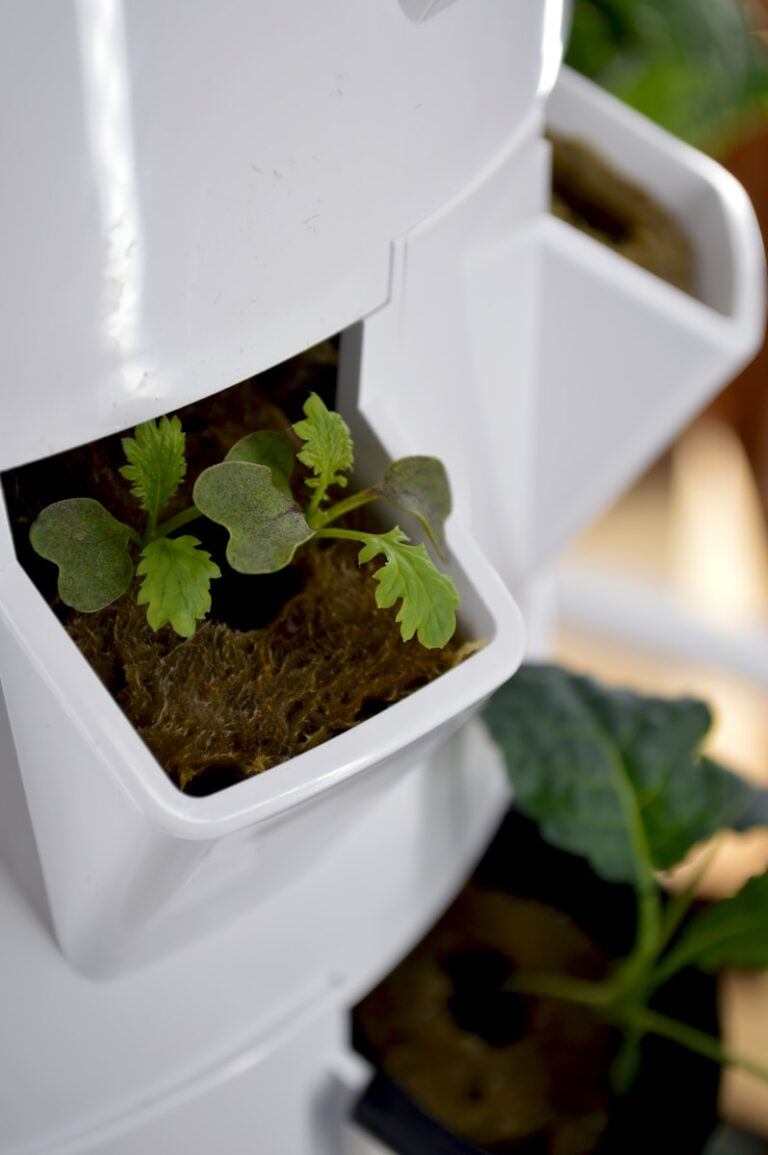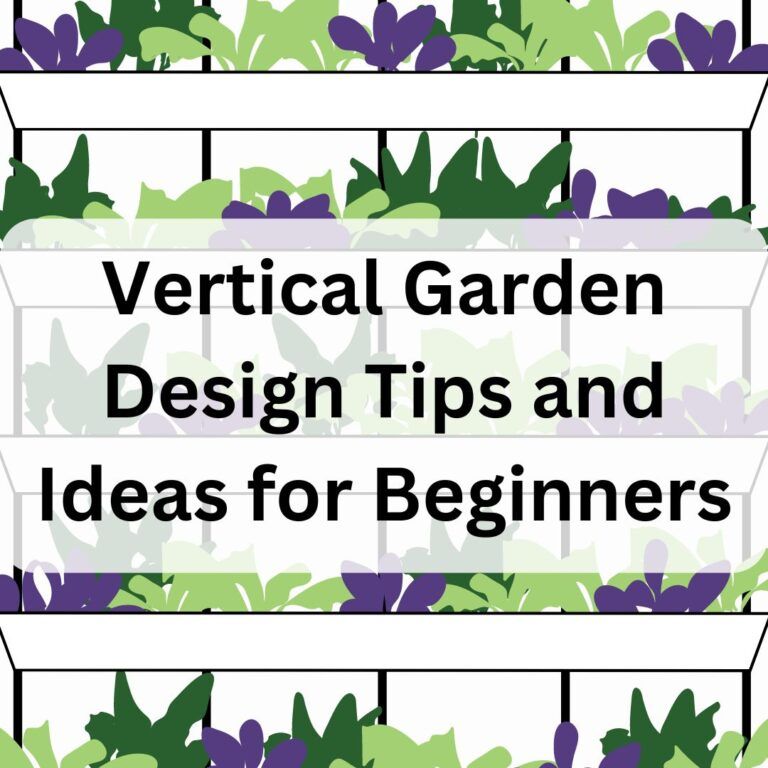Modern Vertical Garden Design Tips To Inspire You To Grow
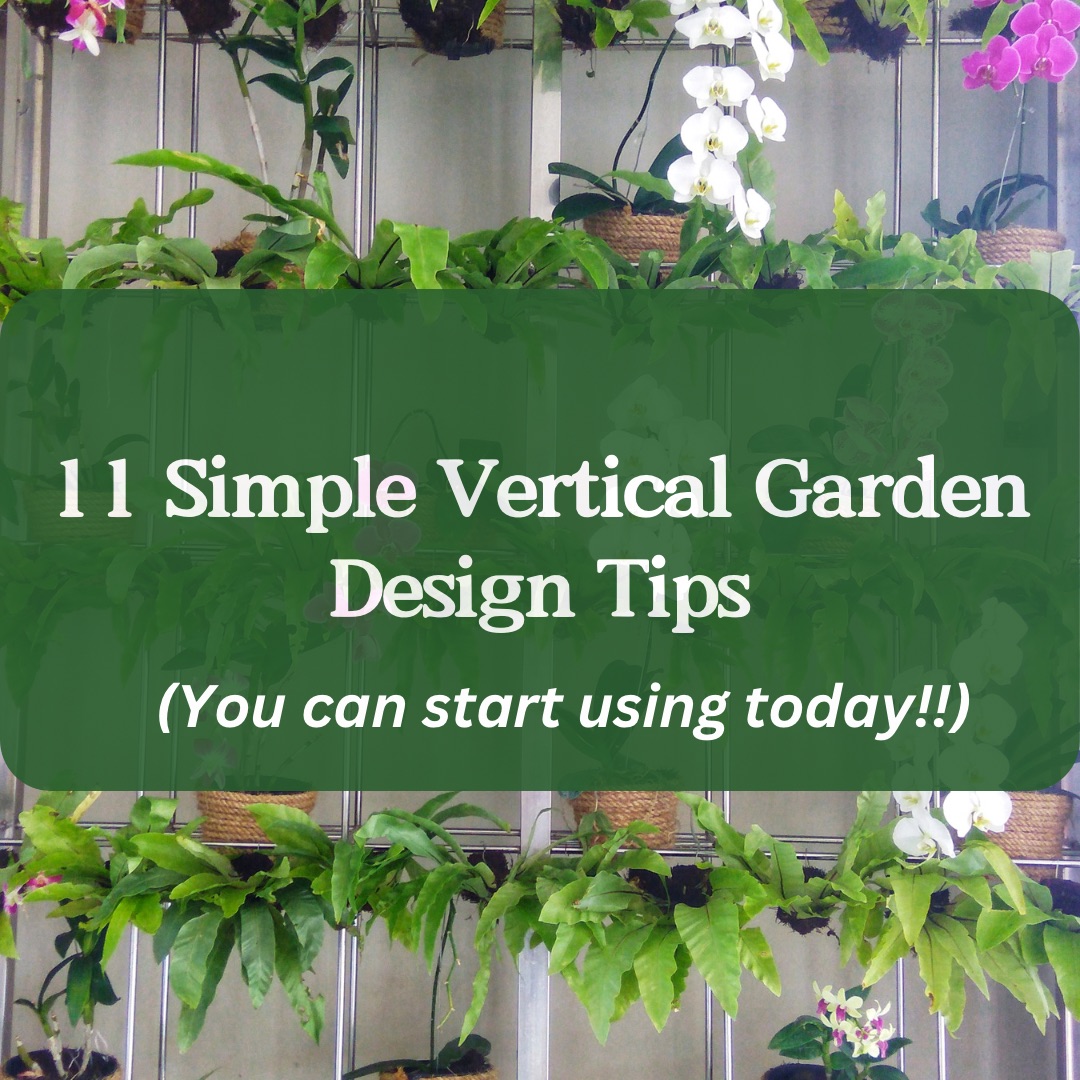
If you’re looking to add some greenery to your living space, then vertical gardening might be the perfect solution for you. Vertical gardening is a technique that involves growing plants on a vertical surface instead of the traditional horizontal garden beds. This technique is becoming increasingly popular because it allows people to grow plants in small spaces and it can also be a great way to add some visual interest to your home.

In this article, we will share some simple vertical garden design tips to inspire you to grow your own garden. We will cover the essentials of vertical garden design, creating a plant layout, irrigation solutions for vertical gardens, maintenance strategies, and innovative vertical garden features. Whether you’re a beginner or an experienced gardener, these tips will help you create a beautiful and thriving vertical garden. So, let’s get started!
Key Takeaways
- Vertical gardening is a great way to add greenery to your living space.
- The essentials of vertical garden design include choosing the right location, selecting the right plants, and preparing the vertical surface.
- Creating a plant layout, choosing the right irrigation system, and implementing maintenance strategies are essential for a successful vertical garden.
Essentials of Modern Vertical Garden Design
If you are looking for an innovative way to add greenery to your home, a vertical garden is a great option. It is perfect for small spaces and can be created in a variety of structures. Here are some essential tips to keep in mind when designing your own vertical garden.

1. Choosing the Right Structure
The first step in designing a vertical garden is to choose the right structure. There are many options to choose from, such as a trellis, wall planter, or hanging basket. You can also create your own structure using materials like pallets or shelves. Consider the space you have available and the type of plants you want to grow when selecting a structure.
2 .Selecting Suitable Plants
The next step is to select suitable plants for your vertical garden. Choose plants that have shallow roots and can grow vertically, such as herbs, succulents, and small flowers. You can also mix and match plants to create a variety of colors and textures. Make sure to select plants that have similar water and light requirements to ensure they thrive in your vertical garden.
3 .Understanding Sunlight and Shade Requirements
Finally, it is essential to understand the sunlight and shade requirements of your plants. Some plants require full sunlight, while others prefer partial shade. Consider the location of your vertical garden and the amount of sunlight it receives throughout the day. You can also use shade cloth or other materials to adjust the amount of sunlight your plants receive.
By following these essential tips, you can create a beautiful and functional vertical garden that adds greenery to your home.
Creating a Plant Layout
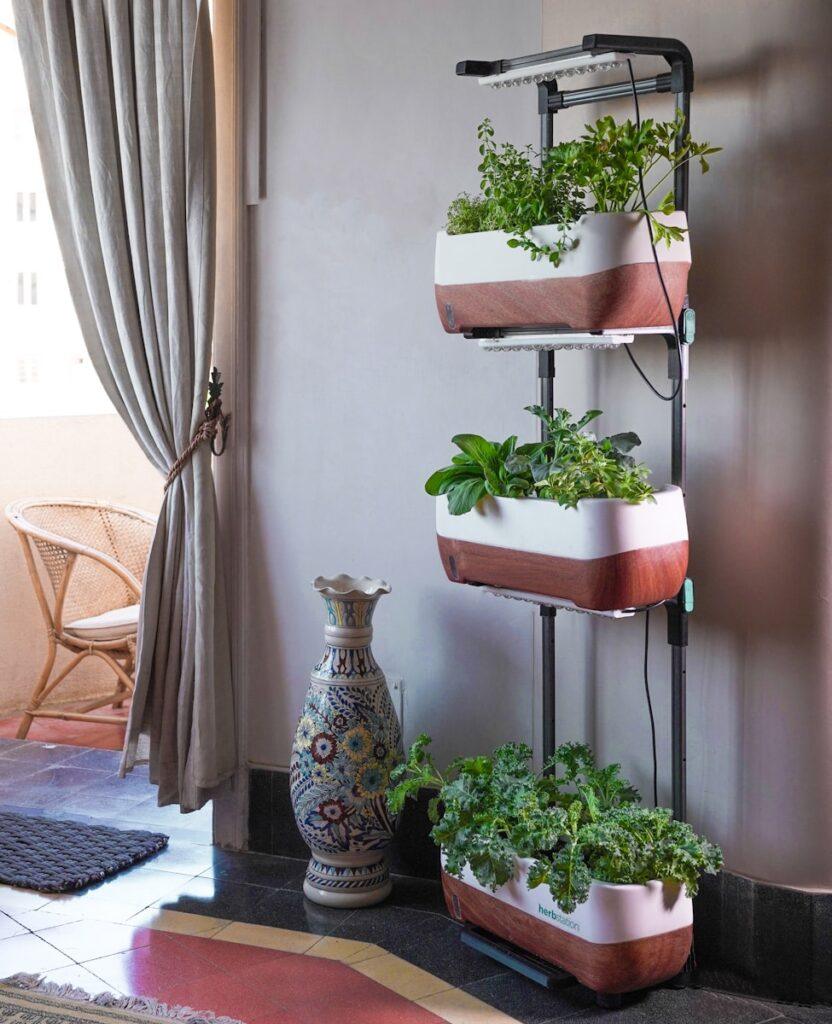
When it comes to creating a vertical garden, the plant layout is an essential aspect that can make or break the design. A well-planned plant layout will not only enhance the aesthetics of your garden but also make it more functional and practical. Here are some tips to help you create a plant layout that works for you:
4 .Visualizing the Design
Before you start planting, it is essential to have a clear idea of what you want your garden to look like. Visualize the design by sketching it out on paper or using a garden design software. This will help you determine the number of plants you need, the type of plants that will work best, and the overall layout of your garden.
When visualizing your design, consider the following factors:
- The amount of sunlight your garden receives
- The type of plants that will thrive in your climate
- The size and shape of your garden
- The height of your vertical structure
5. Plant Arrangement Principles
When arranging plants in your vertical garden, there are some principles you should keep in mind to ensure a cohesive and balanced design. These principles include:
- Grouping plants of similar sizes and shapes together to create a sense of harmony
- Arranging plants in a way that creates a natural flow and movement
- Balancing the colors and textures of your plants to create visual interest
- Using trailing plants to soften the edges of your structure and create a more natural look
Consider using a mix of annuals and perennials to provide year-round interest in your garden. Additionally, you can use planters of different sizes and shapes to add depth and dimension to your design.
By following these tips, you can create a plant layout that is both beautiful and functional. With a little planning and creativity, you can transform any vertical space into a thriving garden.
Irrigation Solutions for Vertical Gardens

When it comes to maintaining a healthy vertical garden, proper irrigation is key. In this section, we’ll cover two basic irrigation solutions: drip irrigation and self-watering systems.
6. Drip Irrigation Basics
Drip irrigation is a popular choice for vertical gardens, as it provides a steady supply of water directly to the roots of your plants. This method is especially useful for gardens with limited space, as it allows you to water multiple plants at once without wasting water.
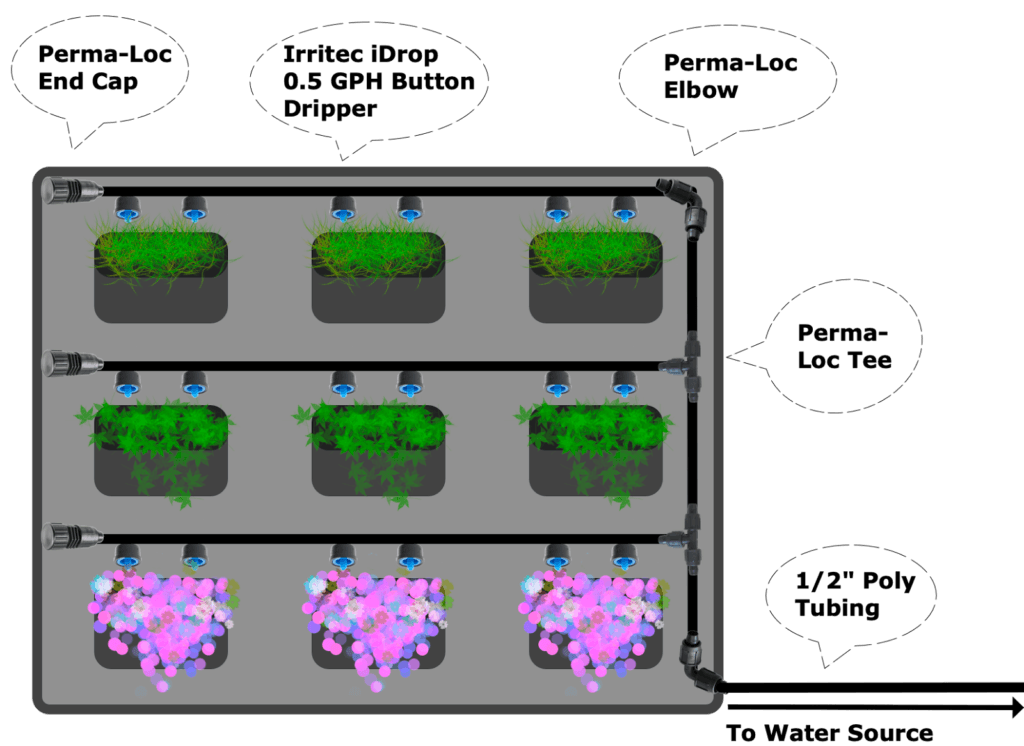
To set up a drip irrigation system in your vertical garden, you’ll need a few basic supplies, including:
- A water source
- A timer
- Tubing
- Emitters
- Connectors
Once you have your supplies, you can begin setting up your system by connecting the tubing to your water source and running it up your vertical garden. From there, you can attach emitters to the tubing, which will drip water onto your plants at a slow and steady rate.
7. Self-Watering Systems
Self-watering systems are another popular option for vertical gardens, as they allow you to water your plants automatically without having to constantly monitor them. These systems work by storing water in a reservoir at the bottom of your garden, which is then slowly released into the soil as needed.
To set up a self-watering system in your vertical garden, you’ll need a few key supplies, including:
- A container with a water reservoir
- A wick or other watering mechanism
- Soil
Once you have your supplies, you can begin setting up your system by filling your container with soil and inserting your watering mechanism. From there, you can add water to your reservoir, which will slowly seep into the soil and keep your plants hydrated.
Whether you choose to use drip irrigation or a self-watering system, proper irrigation is essential to the health and success of your vertical garden. By taking the time to set up a reliable irrigation system, you can ensure that your plants get the water they need to thrive.
8. Stackable Vertical Planters
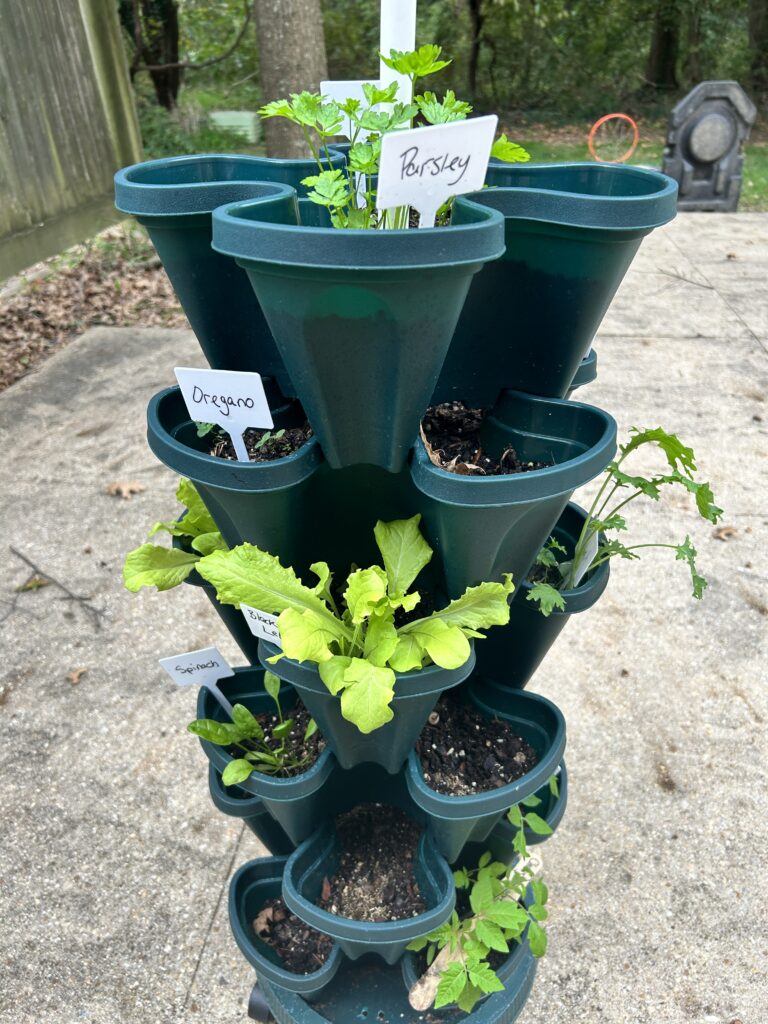
Stackable planting tiers that allow you to grow a variety of plants in a compact footprint. A key benefit of this design is the integrated watering system. Each tier has a built-in reservoir that can be filled from the top, allowing the water to gradually soak down through the soil in each planter.
This self-watering functionality helps ensure the plants in your vertical garden receive consistent moisture, reducing the need for frequent manual watering. The reservoirs also help minimize water waste, as the excess drains back into the bottom tier for recirculation.
For gardeners new to vertical growing (like me), this streamlined irrigation system takes a lot of the guesswork out of keeping your stacked planters adequately hydrated.
Maintenance Strategies
Vertical gardens require regular maintenance to keep them healthy and looking their best. Here are some simple maintenance strategies to help you keep your vertical garden in top condition.
9. Fertilization Schedule
Fertilizing your vertical garden is important for promoting healthy growth and maximizing yields. There are many different types of fertilizers available, including organic and synthetic options. Before choosing a fertilizer, it’s important to consider the needs of your plants and the conditions in which they are growing.
Organic fertilizers are a great option for vertical gardens, as they are gentle on plants and provide a slow-release source of nutrients. Some common organic fertilizers include compost, worm castings, and fish emulsion. Synthetic fertilizers are also effective, but they can be harsh on plants if not used correctly.
To determine the best fertilization schedule for your vertical garden, consider the needs of your plants and the conditions in which they are growing. In general, it’s best to fertilize your plants once a month during the growing season. Be sure to follow the manufacturer’s instructions carefully and avoid over-fertilizing, as this can lead to nutrient burn.
10. Pest Management
Pests can be a major problem in vertical gardens, as they can quickly spread from plant to plant. To keep your vertical garden pest-free, it’s important to take a proactive approach to pest management.
One of the best ways to prevent pests from infesting your vertical garden is to keep it clean and well-maintained. Remove any dead or diseased plants immediately, and regularly prune your plants to promote healthy growth.
Another effective pest management strategy is to use natural pest control methods, such as companion planting and biological controls. Companion planting involves growing plants together that have natural pest-repelling properties, while biological controls involve introducing beneficial insects or other organisms to your garden to help control pest populations.
By following these simple maintenance strategies, you can keep your vertical garden healthy and thriving year-round.
Innovative Vertical Garden Features

When it comes to designing a vertical garden, incorporating innovative features can take your garden to the next level. Here are some ideas to inspire you:
11. Incorporating Edibles
One way to make your vertical garden both beautiful and functional is by incorporating edible plants. Not only do they add a pop of color and texture, but they also provide a source of fresh produce. Consider planting herbs like basil, mint, and thyme in a vertical garden. They are easy to grow and can be used in a variety of recipes. Other popular edible plants for vertical gardens include strawberries, tomatoes, and lettuce.
To make the most of your vertical garden space, consider using a tiered planter or a hanging basket. This will allow you to grow more plants in a smaller area. Additionally, you can use a trellis or a wall-mounted planter to grow climbing plants like cucumbers or beans.
12. Decorative Elements
In addition to incorporating edibles, you can also add decorative elements to your vertical garden. This can include anything from colorful pots and planters to unique garden sculptures. Adding decorative elements can help to create a cohesive look and tie your vertical garden into the rest of your outdoor space.
Consider using a variety of textures and materials when choosing decorative elements for your vertical garden. For example, you can mix and match different types of pots and planters to create a layered look. Additionally, you can use decorative stones or pebbles to create a unique ground cover around your plants.
Overall, incorporating innovative features into your vertical garden can help to create a beautiful and functional outdoor space. Whether you choose to incorporate edibles or decorative elements, the possibilities are endless.
Frequently Asked Questions
How can I create a vertical garden on a tight budget?
Creating a vertical garden on a tight budget is possible with a little creativity. You can use recycled materials such as old pallets, wooden boxes, or gutters to create a vertical garden. Another option is to use PVC pipes or plastic bottles to create a vertical garden. You can also grow plants from seeds, which is more cost-effective than buying seedlings.
What are the best plants to grow in a vertical garden?
The best plants to grow in a vertical garden are those that are lightweight, have shallow roots, and can tolerate the limited soil space. Some of the best plants for a vertical garden include herbs, succulents, strawberries, lettuce, and other leafy greens. Vining plants such as tomatoes, cucumbers, and beans are also great for vertical gardens.
Can you give tips for starting a vertical garden indoors?
Starting a vertical garden indoors requires proper planning and preparation. The first step is to choose the right location that receives enough sunlight. You can use a vertical garden kit or create your own using a trellis or hanging planters. Choose plants that can thrive in an indoor environment and make sure to provide adequate water and nutrients.
What are some space-saving vertical garden designs for small areas?
There are many space-saving vertical garden designs for small areas. You can create a vertical garden using a ladder or shelving unit. Another option is to use a hanging shoe organizer or a pallet garden. You can also create a vertical garden using a trellis or a wall-mounted planter.
What are the essential components of a vertical gardening system?
The essential components of a vertical gardening system include a support structure, a growing medium, and plants. The support structure can be a trellis, a wall-mounted planter, or a hanging basket. The growing medium should be lightweight and well-draining, such as potting soil or a soilless mix. Choose plants that are suitable for vertical gardening and make sure to provide adequate water and nutrients.
How can I ensure my vertical garden thrives and encourages plant growth?
To ensure your vertical garden thrives and encourages plant growth, you should provide adequate water and nutrients. Make sure to choose plants that are suitable for vertical gardening and provide enough sunlight. Regularly prune and maintain your plants to prevent overcrowding and disease.
